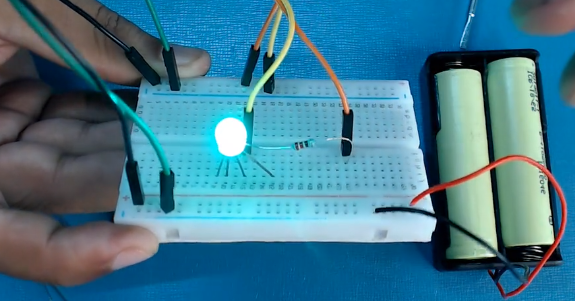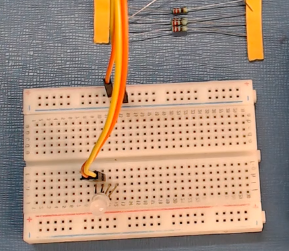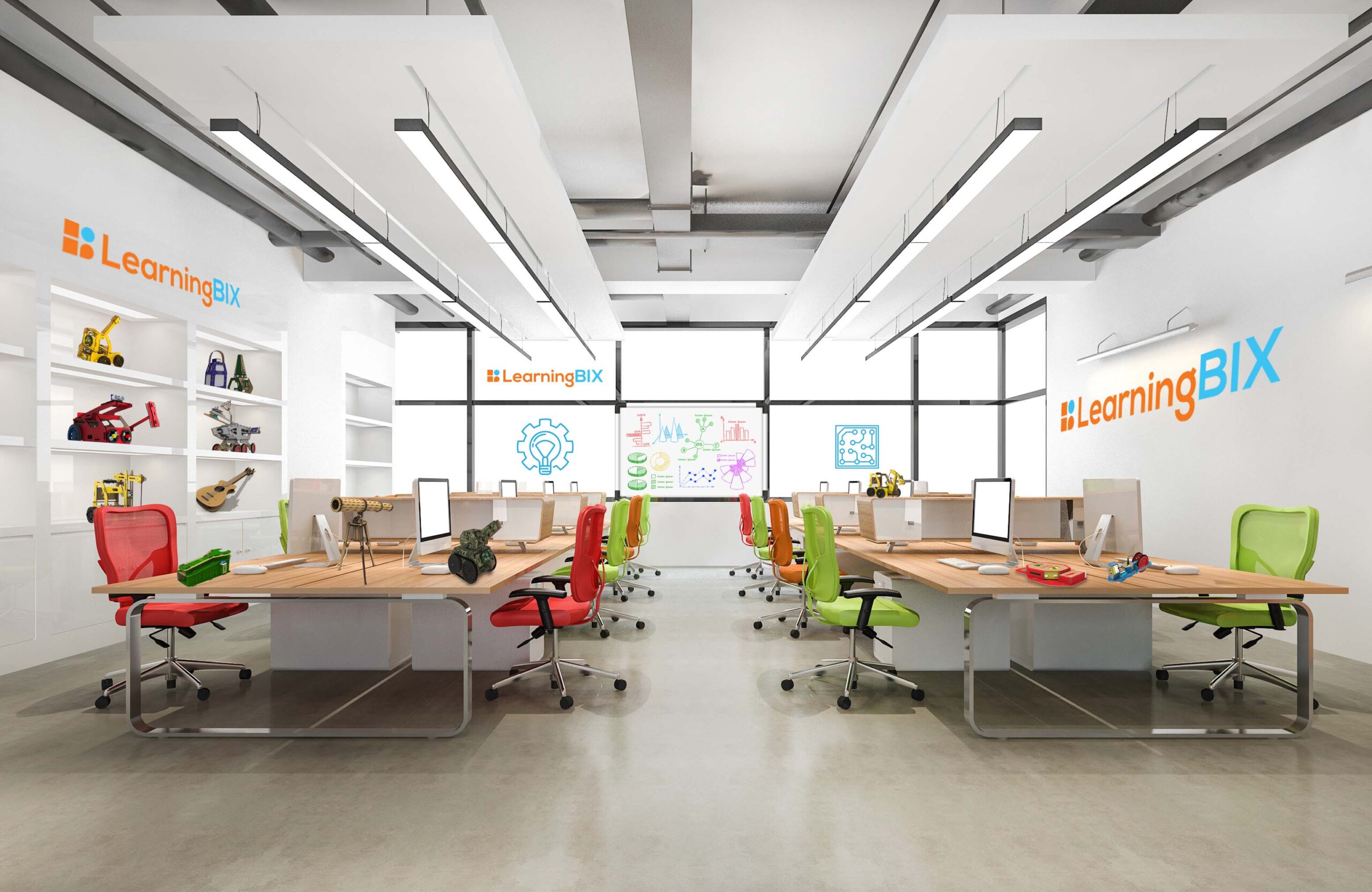
About This Project
In this tutorial, we will learn how to make an RGB LED Circuit glow with different color lights.
Project Info
- Difficulty: Easy
- Estimated Time: 30 min.
- Category: Breadboard
- Tags: RGB LED, Breadboard, Battery, Resistor, Jumper wire.
Introduction
RGB LED stands for Red, Green, and Blue Light Emitting Diode. It is a type of LED that can emit light in multiple colors by varying the intensity of each of these three primary colors.
RGB LEDs have three separate LED chips embedded in a single package, each corresponding to the red, green, and blue color channels. The LEDs are typically controlled by a microcontroller or a dedicated RGB LED driver, which allows for precise color selection and manipulation.
By varying the intensity of each of the primary colors, RGB LEDs can produce millions of colors and shades, making them an ideal choice for decorative lighting, mood lighting, and visual displays. They are widely used in electronic devices, such as smartphones, TVs, and computer monitors, as well as in automotive lighting, stage lighting, and architectural lighting.
Some RGB LEDs also feature additional white LED chips, which allow for the production of a wider range of colors and shades, including warm white and cool white. Additionally, there are addressable RGB LEDs, which can be individually controlled to produce complex patterns and animations, making them popular in DIY electronics projects and smart home automation systems.
Overall, RGB LEDs offer a versatile and dynamic lighting solution that can be customized to suit a wide range of applications and design requirements.
We will learn here about RGB LED circuit. To learn more about LEDs click here.
Applications of RGB LED
RGB LEDs have a wide range of applications due to their ability to produce a wide range of colors and shades. Some of the most common applications of RGB LEDs include:
- Decorative Lighting: RGB LEDs are commonly used in decorative lighting applications, such as in holiday lighting, accent lighting, and mood lighting.
- Automotive Lighting: RGB LEDs are used in automotive lighting applications, such as in headlamps, tail lamps, and interior lighting, to produce customized lighting effects and to enhance the aesthetics of the vehicle.
- Stage Lighting: RGB LEDs are used in stage lighting applications, such as in concerts, theatrical performances, and dance shows, to create dynamic and visually stunning lighting effects.
- Gaming Peripherals: RGB LEDs are used in gaming peripherals, such as keyboards, mice, and headphones, to provide gamers with a customizable and immersive gaming experience.
- Architectural Lighting: RGB LEDs are used in architectural lighting applications, such as in building facades and bridges, to create dramatic and eye-catching lighting effects.
- Display Lighting: RGB LEDs are used in display lighting applications, such as in LCD monitors and televisions, to provide backlighting and to enhance color accuracy and contrast.
- Smart Home Automation: RGB LEDs are used in smart home automation systems, such as in smart bulbs and lighting strips, to provide users with the ability to customize and control the lighting in their homes using their smartphones or voice assistants.
Overall, the versatility and flexibility of RGB LEDs make them ideal for a wide range of applications in various industries.
Advantages of RGB LED
RGB LEDs offer a number of advantages over traditional lighting sources, including:
- Color Customization: RGB LEDs can produce a wide range of colors and shades, allowing for customized lighting effects to suit any application.
- Energy Efficiency: RGB LEDs are more energy-efficient than traditional lighting sources, such as incandescent bulbs and fluorescent tubes, resulting in lower electricity bills and reduced environmental impact.
- Longer Lifespan: RGB LEDs have a longer lifespan than traditional lighting sources, which reduces maintenance costs and the need for frequent replacement.
- Compact Size: RGB LEDs are available in small form factors, making them suitable for applications where space is limited.
- Instant On/Off: RGB LEDs provide instant illumination, unlike traditional lighting sources that require a warm-up period.
- Durability: RGB LEDs are durable and can withstand harsh environmental conditions, making them ideal for use in outdoor lighting applications.
- Design Flexibility: RGB LEDs can be easily integrated into various designs and can be controlled remotely, making them ideal for creating dynamic lighting effects and animations.
Overall, the advantages of RGB LEDs make them a popular choice for a wide range of applications in various industries.
Project: What Is RGB LED Circuit and Its Working
In this project, we will learn how a simple RGB LED circuit works.
Components Required for RGB LED Circuit
| Image | Component | Quantity |
|---|---|---|
 |
Breadboard | 1 |
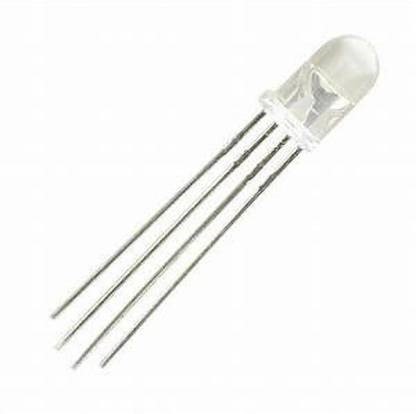 |
RGB LED | 1 |
 |
Resistor 220 ohm | 1 |
 |
Battery | 2 |
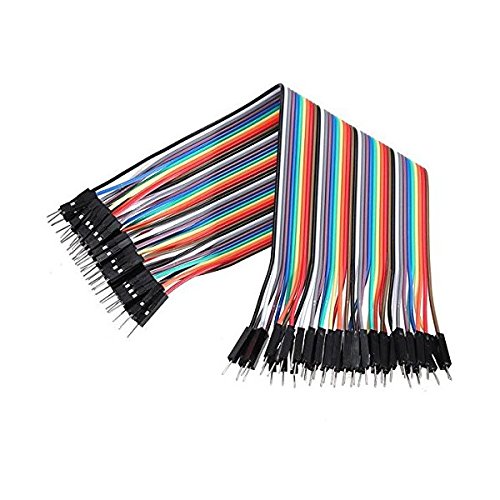 |
Jumper Wires | 5-6 |
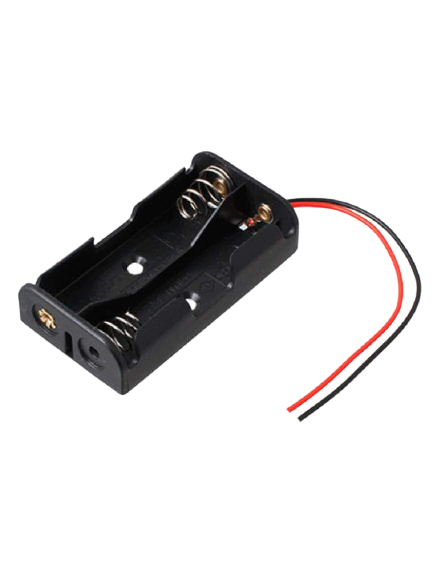 |
Battery Holder | 1 |
Building Guide of RGB LED Circuit
Step 1: Circuitry of the Breadboard
- Powering the components
- Powering the RGB LED
Step 2: Assembly.
- Assemble all the components required.
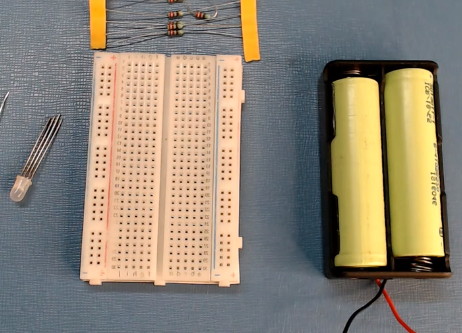
- Insert RGB LED on the breadboard as shown below.
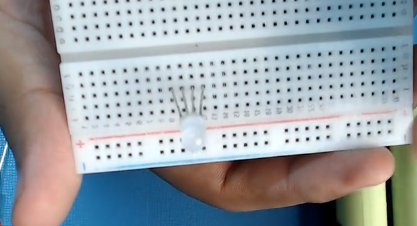
- Connect the jumper wires.
- Connect the resistor through the LED.
- Power up the breadboard by providing positive and negative supplies from the battery.
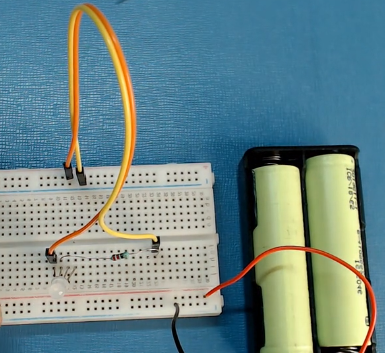
- Now connect the other wires to the different terminals of RGB LED and glow the light.
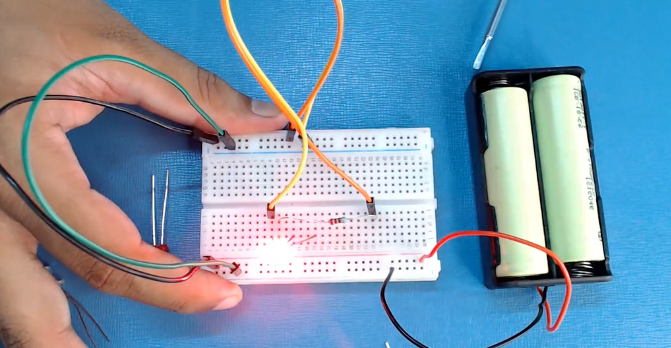
- Now change one wire and connect it to the other terminal of RGB to switch the color.
